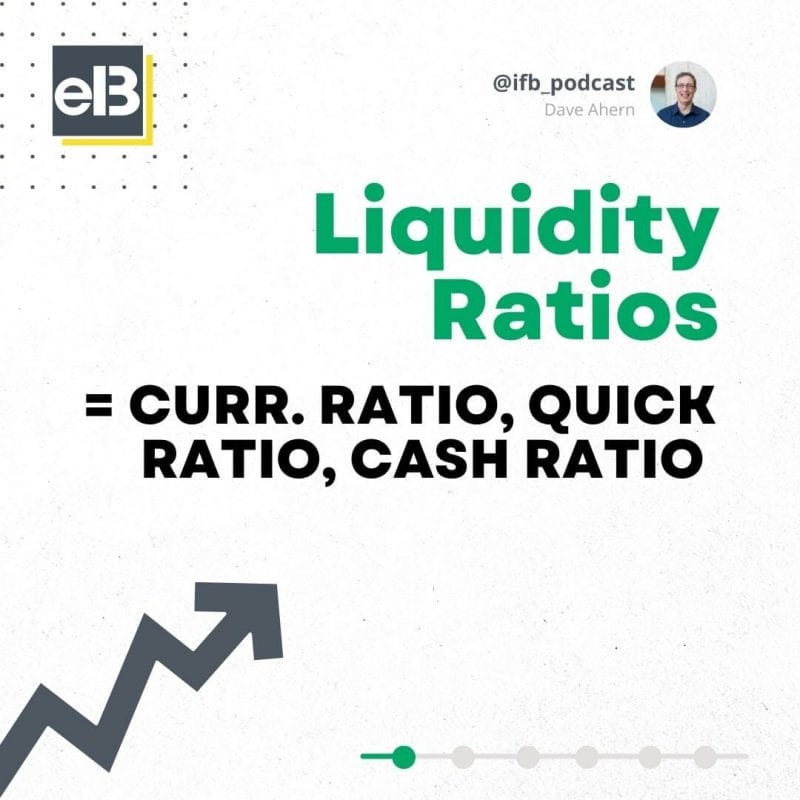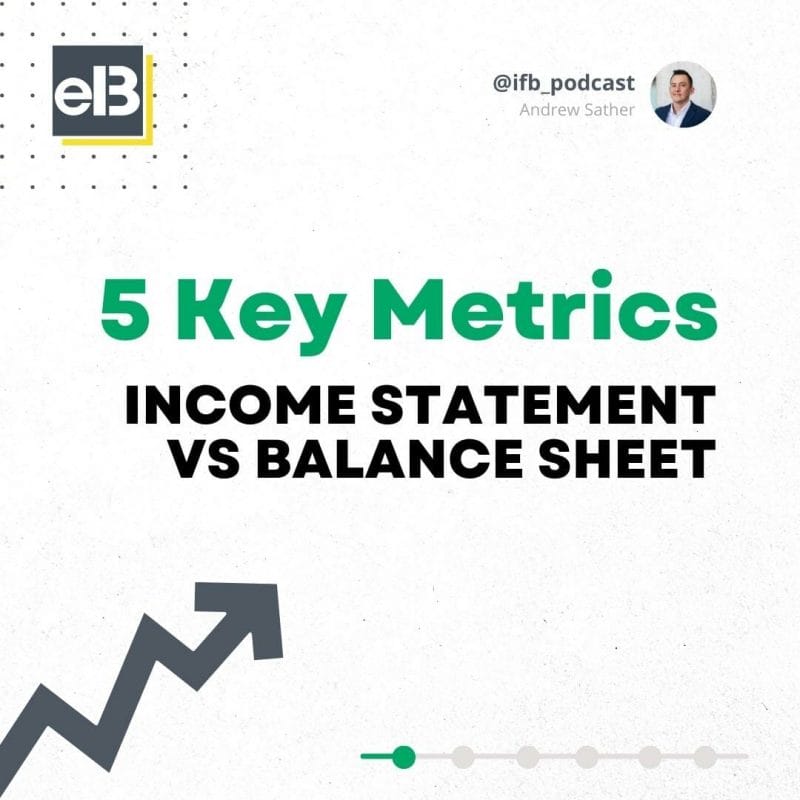How the Working Capital Turnover Ratio Can Help You Decide on a Worthy Investment

“Over the long term, it’s hard for a stock to earn a much better return than the business which underlies it earns. If the business earns 6% on capital over 40 years and you hold it for that 40 years, you’re not going to make much different than a 6% return—even if you originally bought […]
How to Use Net Profit Ratio to Find a Worthy Investment

“If you do good valuation work, the market will eventually agree with you.” –Joel Greenblatt There are many methods for determining a company’s profitability. The net profit ratio is crucial since it measures how much money a business keeps after all costs are covered. Net income equals a company’s earnings, which Wall Street and analysts […]
NEGATIVE PE RATIO – What to Do?
Post updated: 7/14/2023 A negative P/E ratio can be concerning. You can’t really compare a negative P/E ratio with other stocks’ P/E’s. I’ll discuss 3 major reasons a company might have a negative P/E. This blog post will be split into these sections: [Click to Skip Ahead] Be sure to check out the Investor Takeaway […]
Calculate Earnings Yield and Return on Capital (Real-Life Example)
Investors looking to chase higher market returns can look to Joel Greenblatt’s book The Little Book That Beats the Market. In the book, Gleenblatt taught about a magic formula. That formula consisted of two distinct parts: earnings yield and return on capital. The way Greenblatt defined earnings yield and return on capital (which are somewhat […]
Why Liquidity Ratios Are Important, With Examples Using Real Companies

In times of financial uncertainty, finding companies with a good amount of liquidity provides a margin of safety. Companies in good shape regarding liquidity can react to any crisis by taking advantage of opportunities. Beyond safety, the two reasons above help explain why Berkshire Hathaway carries so much cash on its balance sheet. The current […]
5 Key Metrics: Balance Sheet vs Income Statement (Example with $AAPL)

Financial statements can look intimidating. There can be many line items. To learn how to navigate a company’s balance sheet and income statement– break it up into sections. In this post, we will chop the financial statements for Apple ($AAPL) into key sections, so you can better understand and learn what’s most important. To start– […]
BVPS: How Valuable is it to Know the True Value of a Stock?
The book value per share (BVPS) ratio compares stockholders’ equity to the total number of outstanding shares. In other words, this calculates a company’s per-share total assets less total liabilities. Value investors have traditionally embraced book value per share as a method of valuing different investments. Benjamin Graham, the founder of value investing, developed what […]
Everything to Know on ROA, with Average ROA by Industry Data

Post updated: 5/5/2023 The return on assets remains a useful measure for investors to understand. The formula offers a great way to measure the performance of management and generally is used to compare different companies in the same industry and how the company uses its assets. Warren Buffett loves to invest in banks and insurance […]
Diluted EPS Meaning Explained with a Simple Infographic
Take a look at any income statement and you’ll see EPS (or Earnings Per Share) divided into two categories: diluted EPS and basic EPS. Which EPS figure should you rely on, and what do those terms mean? The infographic below summarizes it simply: EARNINGS PER SHARE EPS = Earnings / Shares Outstanding DILUTED EPS Uses […]
Beginner’s Guide to the Price to Book Ratio
“Price is what you pay. Value is what you get.” –Warren Buffett The price-to-book ratio remains a top valuation metric for certain companies like banks, insurance companies, or railroads. Numerous variables influence the choice to purchase a certain stock. Of course, the first factor is how well the underlying business does. Equally crucial is determining […]
